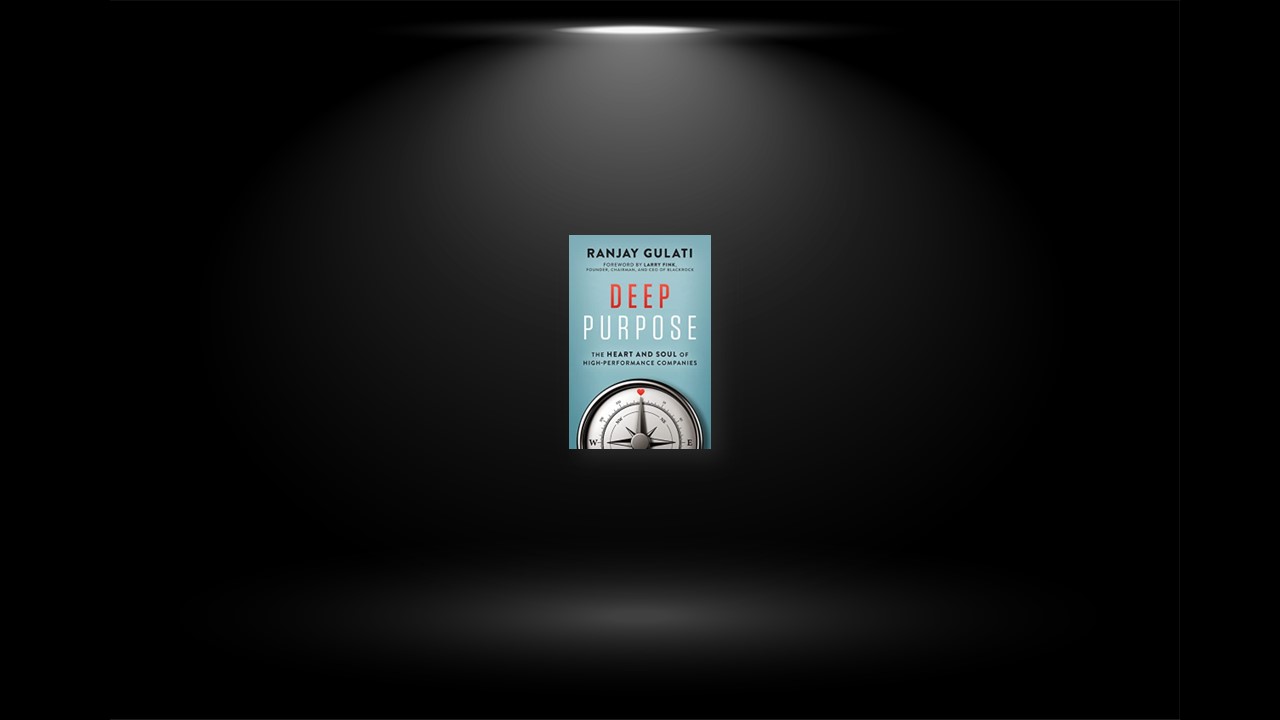What Is Purpose Really?
Business books often speak of a “knowing-doing gap” to explain performance failures: leaders understand which strategies to implement, but they can’t seem to execute them well. With purpose, most leaders don’t even know what it means to pursue a purpose fully, much less how. Influenced by experts who extoll purpose’s benefits for the enterprise, they’re stuck seeing purpose instrumentally, as a means to an end. They have a harder time understanding it as an existential intent that companies project from the inside out. The first step to a deeper engagement with purpose is to pause and reflect more seriously on purpose, conceiving of it as not just another management tool, but as a foundational principle for organizing that reflects your company’s very sense of self.
Walking on the Razor’s Edge
You can take purpose deeper at your company by parting with the notion that idealized win-win solutions are the only ones that count, and by reorienting yourself toward patiently negotiating tradeoffs to arrive at the best possible solutions. Make purpose meaningful by approaching every decision with the intention of benefitting every stakeholder. Carefully research, analyze, and test your options, thinking creatively about how you might act in ways that deliver as much benefit as possible to all stakeholders over varying time horizons.
To sharpen your thinking, consult with stakeholders to learn what each of them needs and what decisions of yours might comprise deal breakers for them. However you make these decisions, bring your purpose to life by using it as the starting point for your deliberations, whether you’re framing long-term strategy for your organization or addressing a small-scale tactical question.
Are You a Poet, or Just a Plumber?
The organizational theorist James March and a colleague memorably distinguished between the “plumbing” and “poetry” of leadership. Leaders must make rational, economic decisions in running their businesses day-to-day to achieve efficiency and optimal performance—that’s the “plumbing,” the technical or operational side of business. But they must also attend to meaning, values, and purpose—the “poetry” of business.
As scholars have since remarked, “leaders must therefore build values and purpose into the social structure of the organization” and ensure that the organization’s commitment to them are real and enduring, not a passing fancy. The goal is to embed purpose and values so deeply that stakeholders internalize them and act spontaneously to realize them.
The “Me” in Purpose
the best way to activate deep purpose is to increase the care you show to individual employees. Caring leaders elevate employees’ uniqueness by acknowledging and engaging with them as individuals. They show true curiosity about individuals and their experiences, restraining their impulse to judge. They encourage and support employees in their development, helping them feel confident. They encourage employees to deepen their own self-understanding and to explore their own, personal reasons for being, engaging them in deeper conversations about their philosophies or life purpose. Rather than simply mentoring them and offering advice, they serve as committed, long-term sponsors of their careers.
To help employees feel passionate about their work, they connect them with the purpose as a common, transcendent cause. When employees’ performance suffers, caring leaders don’t rush to levy penalties but instead look to the underlying causes and consider how they might help. In large organizations, caring leaders train managers to take these actions at scale. In each of these ways, caring leaders unlock human potential to its fullest, unleashing high performance.
Escaping the Iron Cage
Deep purpose leadership doesn’t simply entail sparking employees’ trust in the organization, but creating an organization suffused throughout with trust. To become a deep purpose leader, you must begin to conceive of yourself as your organization’s chief orchestrator and manager of trust. Consider how your actions and decisions will serve to further instill or diminish trust. Look for opportunities to publicly censure deviations from the purpose, as these cement the notion that the purpose is real and the relationships of trust that spawn from it are well founded.
Above all, remember that purpose isn’t a magical fix. You must do the hard work of reimagining your organizational structure and implementing that change, fundamentally reconfiguring how your company operates. As companies deepen their commitment to purpose, can they sustain their gains? The answer is yes. Leadership transitions, crises, and growth threaten to diminish commitment to purpose and erode moral community. But deep purpose leaders take a series of steps to ensure that the fires of purpose keep burning strong, in both the best and worst of times.
From Ideas to Ideals: Future-Proofing Purpose
Deep purpose leaders don’t cave under the burden of endless vigilance. They fervently embrace their responsibilities as guardians of purpose, perceiving this as an essential part of their noble quest. Most leaders aim to execute on a powerful business idea that they believe in. Deep purpose leaders do much more. They aim for an ideal, a dream of the future so ambitious that they will in all likelihood never see it fully realized. Theirs is a practical idealism but idealism nonetheless. And like anyone aiming for an ideal, deep purpose leaders focus foremost on the striving itself, accepting that they’ll never fully bring their dreams to fruition (although they hopefully will see meaningful progress). All along, they remain as conscious as possible of their existential intent, staying alert to new opportunities for more fully realizing the purpose and for protecting it from potential derailers.
Pursuing an ideal is often uncomfortable, even excruciating. But deep purpose leaders and their organizations soldier on, inspired by their existential intent and determined to do their very best. As dedicated members of a moral community, they remain fixated on their ideal with all their hearts and souls, bound to it by an almost religious fervor. Great ideas have their power, but only grand ideals can capture our collective imaginations and harness our energies to the fullest. They empower us to persevere against hardships and over time to change our organizations and the world.


